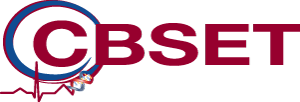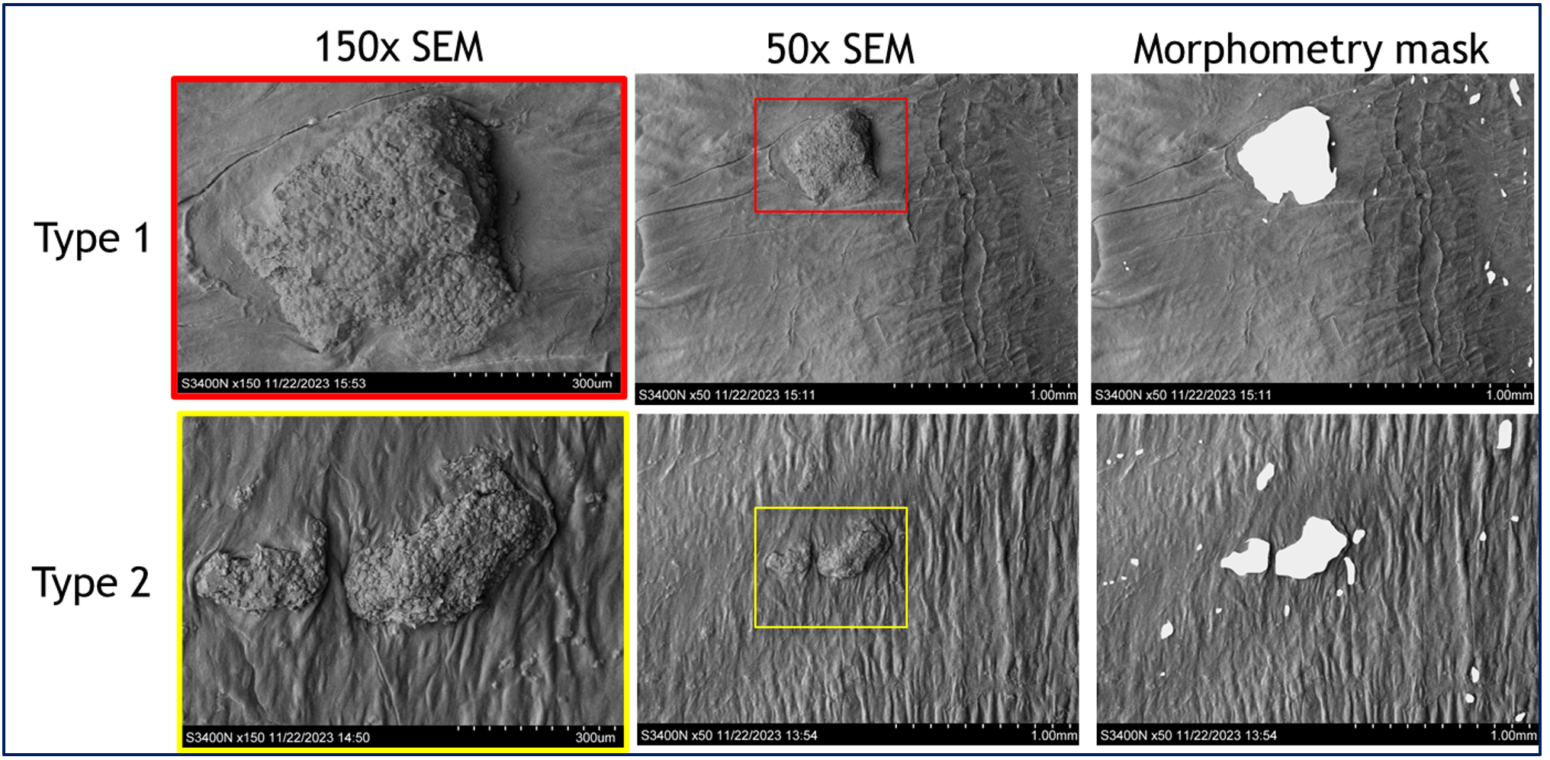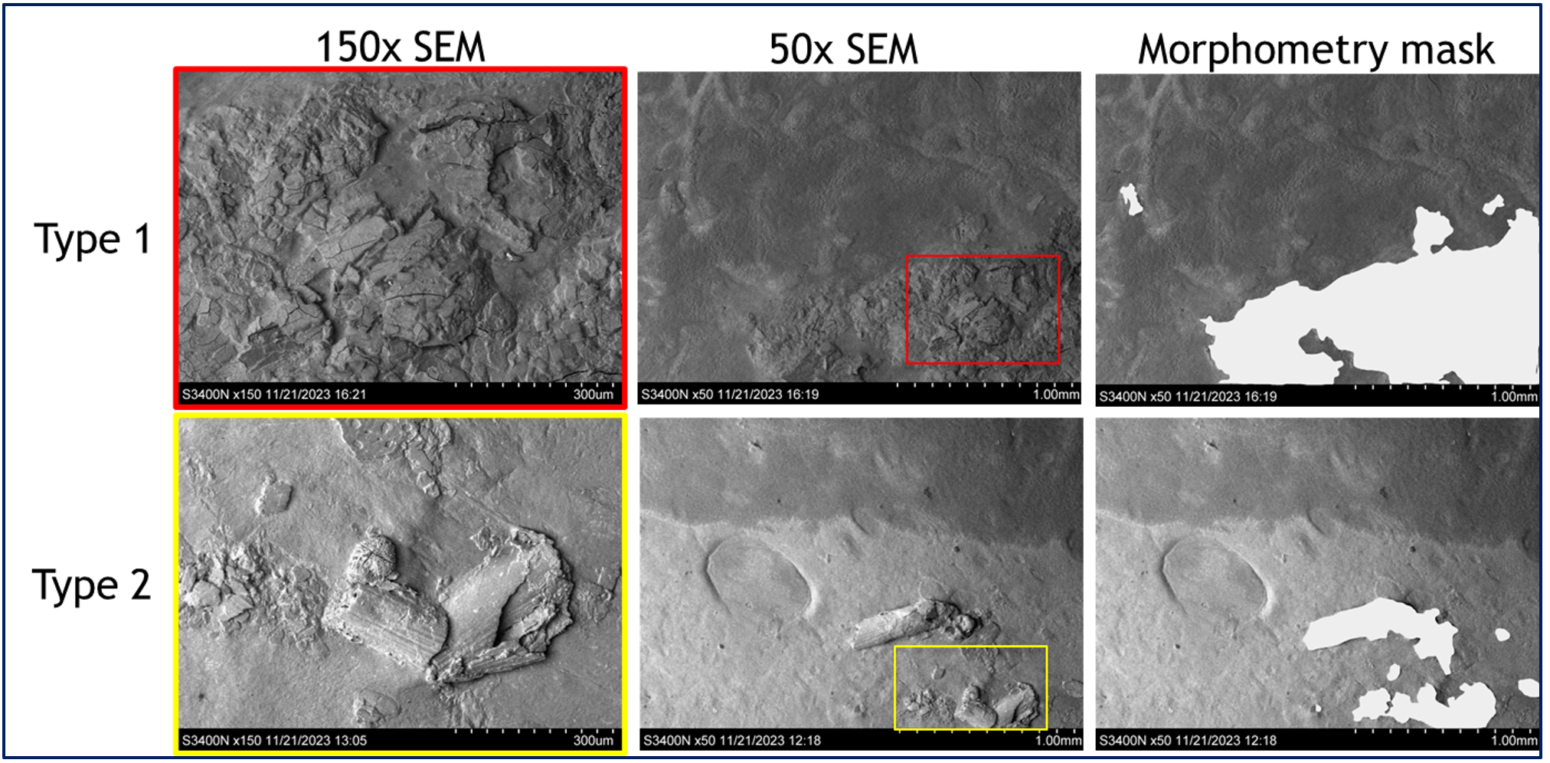Visualization and Quantification of Acute Drug Coating Distribution on Porcine Esophagus and Common Bile Duct Surfaces After Drug Coated Balloon Treatments. J. Budrewicz, B. Muraj, P. Markham, R. Tzafriri.
Drug coated balloons (DCB) provide a flexible platform for non-obstructive local drug delivery to tubular organs, without requiring chronic implantation. DCBs have been approved for treatment of atherosclerotic lesions and are increasingly being explored as a novel therapy for esophageal and biliary strictures. Repurposing of existing DCB technologies could save development costs, but it is unclear to what degree device performance varies with the target anatomy.
Aim: The current preclinical study characterized the acute patterns of drug coating on the luminal surfaces of porcine esophagi and common bile ducts post treatment with two types of commercial DCBs.
Results: SEM images of DCB treated tissue exhibited variable amounts of transferred coating, with high magnification images resolving flat coating flakes on luminal surfaces regardless of DCB type, in cases overlaid by leukocytes. Treatments with Type 1 DCB achieved a maximal coverage of 24.7% in bile duct surfaces and 2.2% in the esophagus. By contrast, treatments with Type 2 DCB achieved a maximal coverage of 4.7% in the bile duct surfaces and 1.5% in the esophagus.
Conclusions: SEM imaging reveals variable patterns of coating transfer on biliary duct and esophagus surfaces after DCB treatment. The degree of coating transfer appears to depend both on the DCB technology and on the target tissue, as both DCB types achieved higher coating transfer to the common bile duct than to the esophagus. These data provide a framework for comparative evaluation of DCB technologies and may suggest that DCB design should be optimized for each target tissue.
Poster presentation at Digestive Disease Week (DDW), May 21, 2024.




